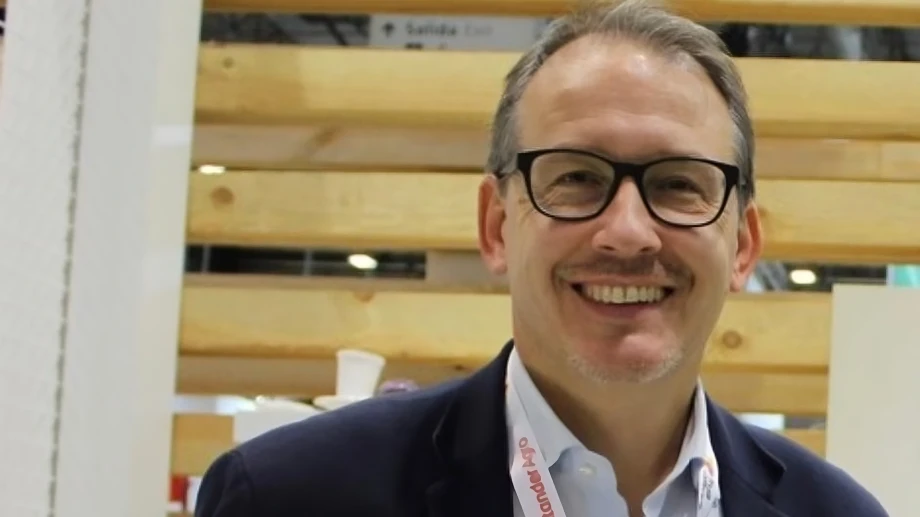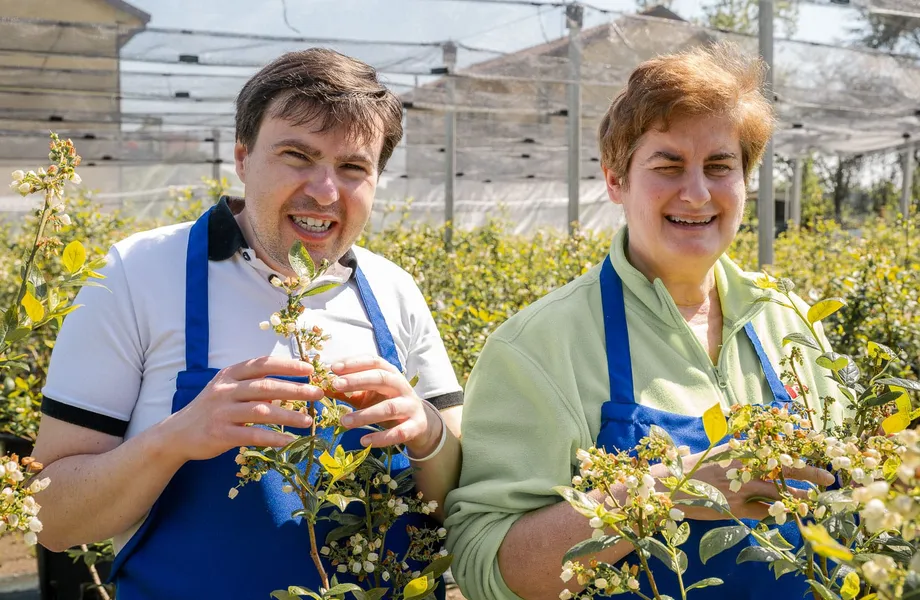Anticipating the first harvest, extending the season by exploring new varieties while reducing dependence on Duke: Lagnasco Group, particularly the Blu di Valle cooperative, which is part of the group and produces 100% blueberries, looks to the future with optimism.
It is a fact that blueberry consumption continues to grow, both in Italy and worldwide. Massimo Perotto, Lagnasco Group's commercial manager, and his colleague Fabrizio Eandi, shared their perspectives and updated us on recent years. It has been exactly five years since the Blueberry Business Day, the Bologna meeting that brought together key industry players.
Weather impacts production capacity
Since Blu di Valle was established in 2007, the small fruits sector, particularly blueberries, has gained attention, and the hectares dedicated to them in Italy have increased. Lagnasco Group has invested in storage facilities to preserve quality from the field and reorganized its customer base, once almost exclusively concentrated in the UK.
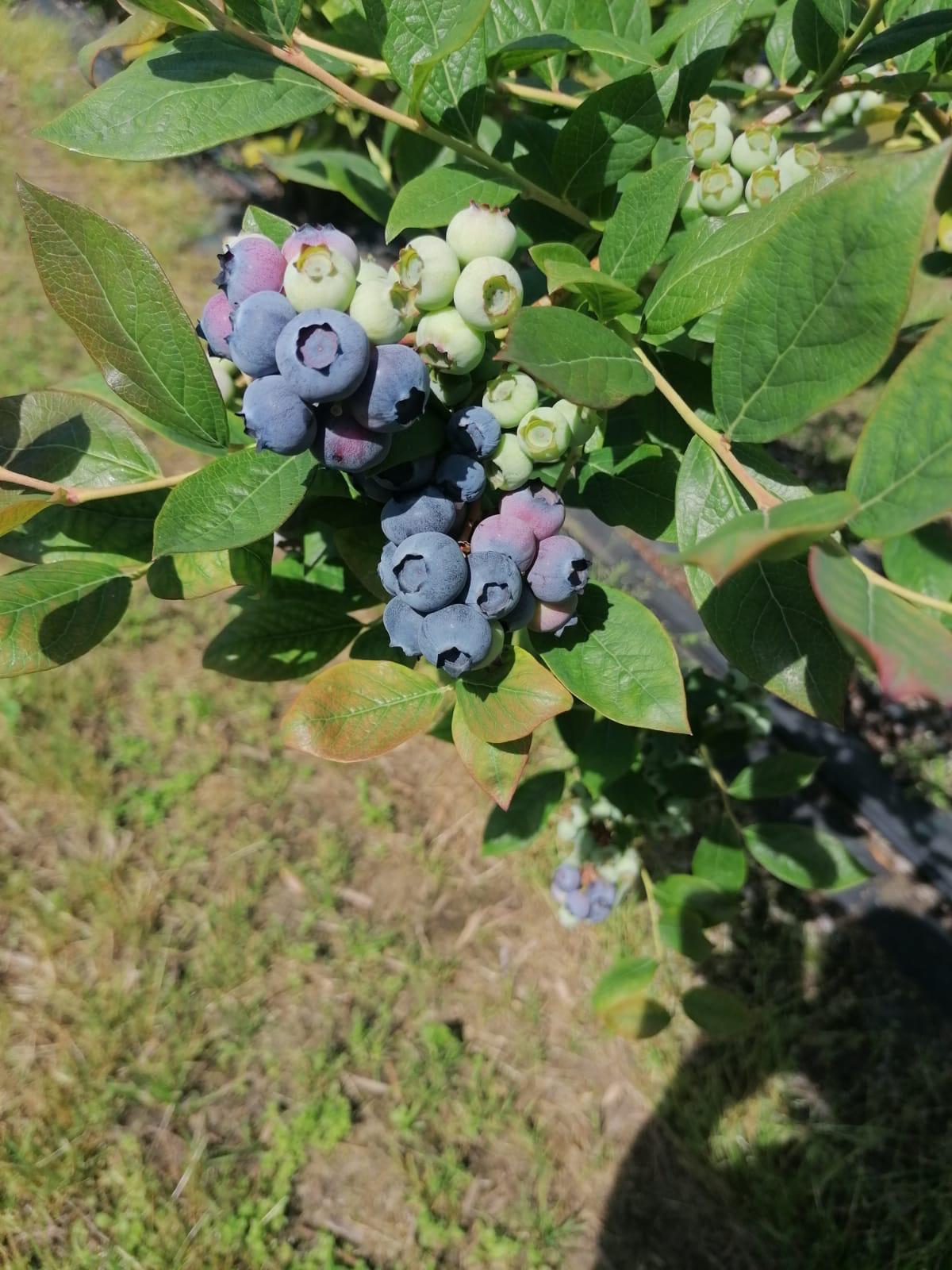
Based between Lagnasco and Saluzzo in Piedmont, Blu di Valle now has 80 blueberry growers associated with 70 hectares under cultivation, mostly in Valle Po, a particularly suitable area.
According to the latest data from Agrion Research, there are currently 690 hectares of blueberries in Piedmont, 552 hectares of which are in the province of Cuneo, with 60% located in Valle Po. Lagnasco Group does not import products, so its blueberry season aligns with Italian production.
“The 2024 season in Piedmont ended in mid-August. In 2023, between the Blu di Valle cooperative and the Fruit4 cooperative, which is also part of the group, we produced and marketed over 500 tons of blueberries. Our members produced 350 tons (50% organically), while the remainder was supplied by external producers,” said Massimo Perotto.
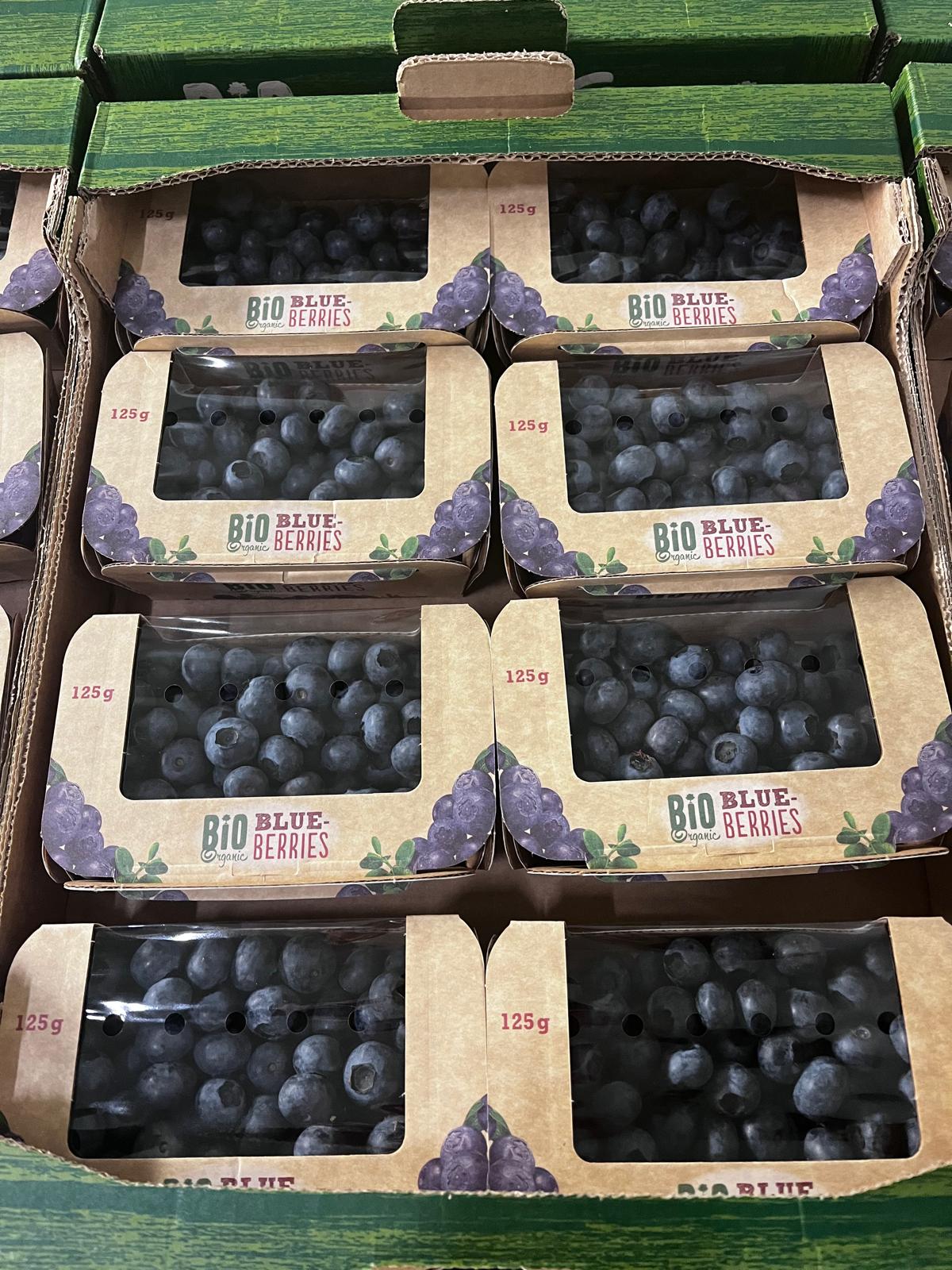
Looking at 2024, the first assessment shows a setback: “We had a 30% decrease, mainly due to weather issues. Weather impacts the growing season. This year was particularly rainy, which prevented us from completing the third harvest – said Fabrizio Eandi (photo) – we are increasingly focusing on the first harvest, increasing the available product in early June, a period that is more manageable, even from a storage perspective. We have implemented both green and winter pruning; targeted pruning allows for better light exposure for the plants. We have also increased calcium fertilization.”

The 2024 season has been considered commercially unusual: “The maturation gap with all competing European countries, in early June, has practically disappeared, and we all found ourselves selling in the first week of June. Competition has become much fiercer in recent years, particularly from Portugal, Serbia, and Croatia.
The good news is that this year consumption remained steady, and sales were smooth, despite the overlap in ripening. Prices held up initially but then fell in early July,” added Perotto.
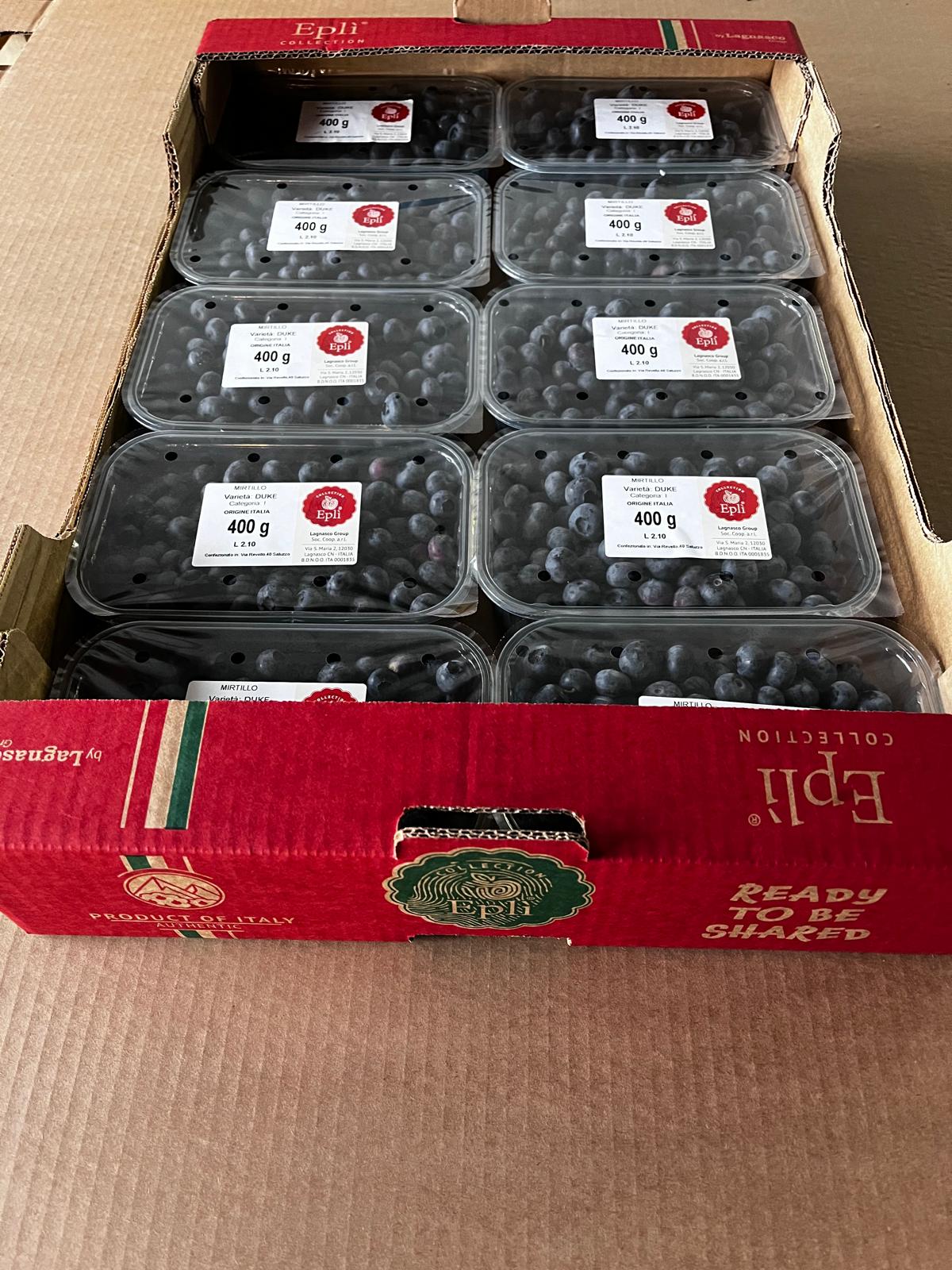
A 400-plant experimental field for Blu di Valle
On the production side, Blu di Valle is focusing on varietal renewal, also to reduce dependence on the Duke variety: “We are trying to extend our harvest window – said Eandi. Duke is an easy plant, but we have seen that managing the kilograms in a short window is challenging. The labor shortage for harvesting is becoming increasingly pressing.”
"The idea is to spread the harvest over several weeks. There is renewed interest in an already known variety, Draper. Draper ripens a week after Duke, has medium to large berries, is tasty, and therefore provides an immediate solution. We are also conducting trials.”
Indeed, 4 varieties are being tested in two different areas, for a total of 400 plants. The trials are directly supervised by the group’s technicians, and the first harvest will be next season. However, before offering the new varieties to members, Blu di Valle wants to ensure they perform well in the field, so it will take at least another 3 or 4 years.
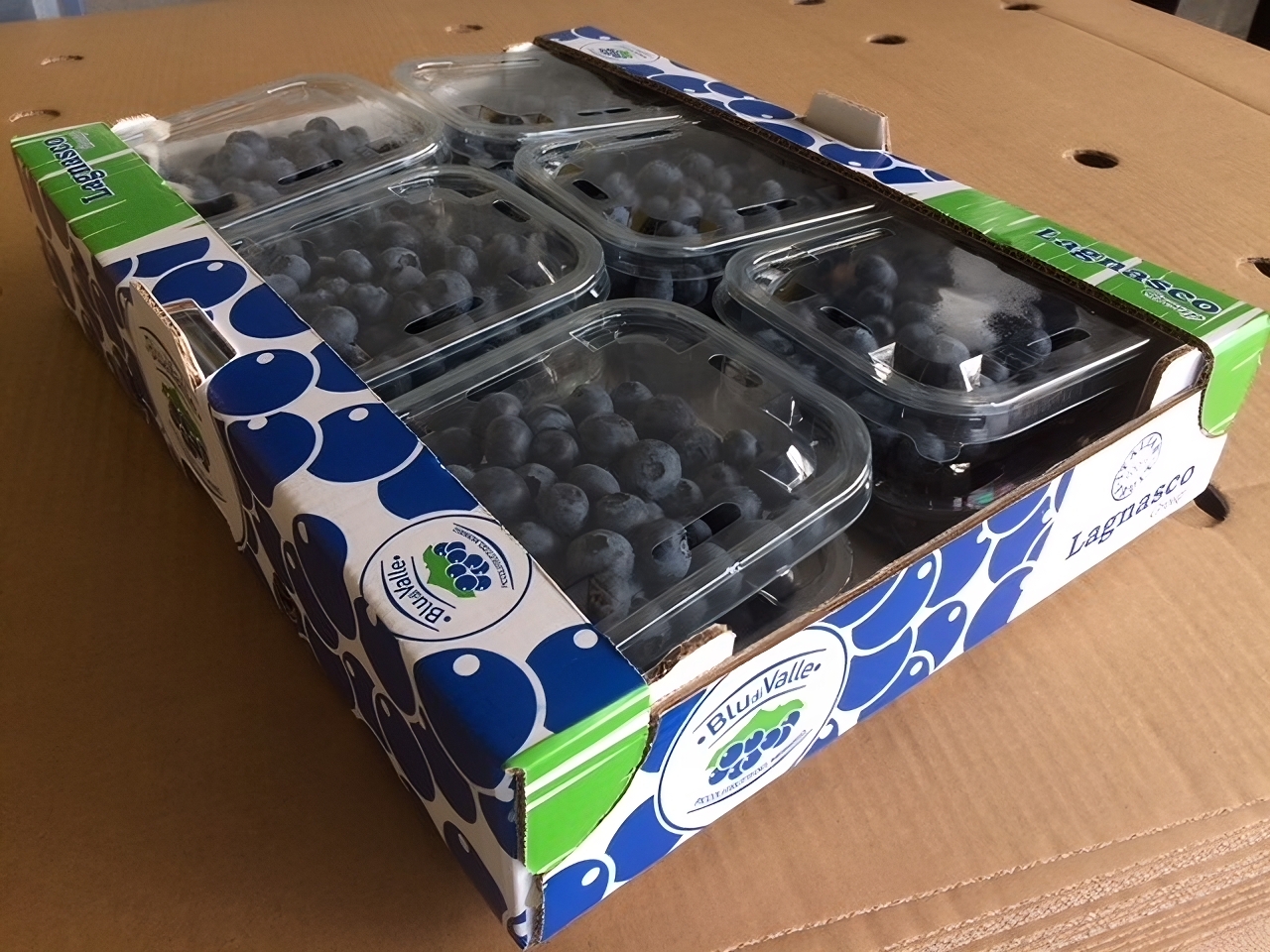
On one hand, there is a need to extend the season; on the other, there is a need for plants that are more resilient to challenging climate conditions: “Duke suffers greatly from heat and excess rain. It absorbs a lot of water. It will always be a key variety in our area, but it is essential to look for alternatives,” emphasized Perotto.
“Global variety research – added Fabrizio Eandi – focuses on blueberries suitable for regions like South America or North Africa, with lower cold requirements. Moreover, in South America, new plantations are much larger than ours.”
Asia and the Middle East are not so far away
Looking at non-Italian producing countries and Blu di Valle’s export destinations, there have been many changes in recent years:
“Globally, there has been truly incredible growth in Peru and Chile as producing countries. Fortunately, they do not produce in our window, otherwise, we could never compete – admitted Perotto – they have vast areas and excellent export organization. In Europe, our main competitors are Spain and Eastern European countries, led by Poland.”

Until a few years ago, Blu di Valle's sales were concentrated on the UK's major retailers, but now the scope has broadened: “This year, we sold 50% to the UK, about 35% to EU countries, particularly Germany, and the remaining 15% to Italian major retailers,” said Massimo Perotto.
However, when the production of the new varieties currently being studied comes online, why not look beyond Europe?: “Asia is interested in us. Asian consumers prefer large berries, over 18 mm, and very sweet blueberries. This year, we have already sent air shipments to the Middle East and Asia, but with more resilient fruits, we could consider working with containers.”
“Working with major retailers in advance would help us”
Speaking of consumers, Massimo Perotto has a clear idea of what blueberry lovers prefer: “In recent years, the key preference indicators have been size, crispness, and sweetness. Consumers seek this, and major retailers have become increasingly demanding in terms of quality and ask for supply consistency. Naturally, quality is achieved in the field, but to preserve what comes from the field – continued Perotto – in recent years, we have invested heavily in storage facilities."
"We immediately lower the temperature with a special machine when the blueberries arrive at the warehouse and avoid temperature fluctuations. It is essential to maintain the cold chain all the way to the consumer.”
The Blu di Valle cooperative was founded to sell abroad, particularly in the UK. Since the UK was one of the first countries to focus on fresh blueberry consumption, the relationship with British major retailers is different from that with Italian supermarkets: “Here in Italy, we are still marginal – concluded Massimo Perotto – but I can say that three or four months before the start of the harvest, we are already talking with British retailers."
"We discuss quantities, ripening times, formats. Many kilograms are processed in a short time. In Italy, this level of planning does not exist.” Among the measures that Lagnasco Group believes could help boost consumption is how products are displayed: “Blueberries and small fruits should be highlighted in refrigerated displays. Consumption is going well, and it would be a shame to lose momentum.”
Barbara Righini




